“Asking a bakushi: “what is the heart of kinbaku?” is like asking an artist, “what is the heart of a paintbrush?” Kinbaku itself has no “heart” to speak of, but is only an instrument for the expression of the hearts of those who tie and are tied.” (4)
“Perhaps the biggest buzzword in rope today is “connection.” It is a difficult concept to put into words and even more so to teach. When people use the word connection, it is often a placeholder for a vague sentiment shared by rope partners that defies simple expression, a point of agreement that both people felt something, perhaps that the scene had powerful emotion, or that they experienced something beyond just sensation.” (1)
When I started out with rope, I had no clue that a thing like connective rope existed. It’s a term I came across later on and it sounded like a tautology to my ears: wasn’t rope supposed to be connective by default? Why would anyone do rope if there is no connection with their rope partner? And what did people then mean with ‘regular’ rope that is apparently not connective? In this post I will look at some of the different ways I have seen and heard people use the term connection in rope and reflect on my personal views.
Connective rope as a style
I’ve found that people at times are referring to a specific style of doing rope when they talk about connective rope, often blended with tantric views on sexuality and intimacy. In this type of connective rope, long scenes are usually preferred. There is also lots of prolonged eye contact. Slow movements. Physical touch. Synchronized breathing or energies. Sensual and soft floorwork. Mindfulness and conscious sexuality. It’s a style that doesn’t really resonate with me personally (and that’s of course totally fine) but it’s one of the things that people can mean when they talk about connective rope. Some workshops also focus on connective rope techniques: specific ways of handling the ropes, ties and small exercises that aim to increase the connection with your partner in your rope scene.
Connective rope as a cover up for getting in your rope bottoms’ pants
At least two men whom I’ve met in the rope scene seemed quite excited to come up and talk to me about what they loved about kinbaku. It was the connection for them. The emotions. And combined it was even better: that special emotional connection. It might be my cynical mind talking but I did not believe them. It felt scripted to me: that’s exactly what they are supposed to say to successfully hit on me and get into my ’emotionally connected’ pants. Whether these men were aware of what they were saying or not, I don’t know. But please people, don’t misuse emotional connection in kinbaku as a way to get sex with/out of/during rope. There is nothing wrong with liking your rope to be sexual, or preferring a strong emotional connection when tying with somebody, but there is something wrong with concealing your intentions under the smokescreen of connective rope. It’s similar to the guitar scene in the Barbie (2023) movie. Just don’t be that kind of Ken.
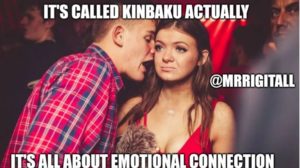
Thanks to Mr. Rig It All for this meme that served as an inspiration for this post.
Connection confused with attraction
It’s quite common for rope-enthusiastic FetLife profiles to state: ‘I don’t tie with just anyone, I need to have a connection with the person before tying.’ Almost none of them specify what they mean with that kind of connection. I have the intuition (but I could be wrong) that some people confuse attraction with connection. Attraction can be a sexual attraction or feeling attracted to somebody’s energy without really knowing them (yet). Attraction can be more immediate, and if explored, can lead to a connection. We all have to start somewhere when tying/doing kink with somebody new, and the decision to try something with a new person is usually made based on attraction. Connection is a process or phase that comes afterwards and needs to be built over time. I don’t mind with whom or with how many people like to tie, or whether they do it for attraction or connection, but specifying what that so-called need for connection means to you (precisely it is something that can be interpreted many ways) can be helpful to avoid misunderstandings.
My personal view on connection in rope
In a practice as free as rope, you would expect there to be different means or styles of connection. You can stare in somebody’s eyes and feel absolutely nothing (at least I can). You can feel a strong connection with your rigger without them touching you or even being near you (at least I can). You can feel more connected in overwhelming and rough rope than in a sensual and soft scene. Connection in rope is so multifaceted and highly personal that I think it’s hard to define it in more universal terms, which makes it even more difficult (and I am inclined to think impossible) to teach in rope. One of the ways in which at least some universal explanation can be given, independent of rope style, is doing so in terms of the heart. In other words:
What would a focus on the heart look like? It can very simply look like approaching your rope partner with kindness. Focusing on what you would like to give to them, and on what they would like to receive, without harming your boundaries and the boundaries of your partner. Talking about the desires in your hearts, and being gentle in your explorations. Not falling into the trap of tying or getting tied from a position of ego. In other words:
“[…] I believe it [kindness] means taking the time to understand our partner, our connection, and ourselves. It means that rope can and should be an act of giving, rather than taking.” (3)
In the end, rope is nothing but a tool that can be approached from a position of kindness to create space for a dynamic between people. There is no such thing as connective rope: there are only people who want to experience a connection in some way, for which they can make use of rope – or any other kink tool for that matter. Again, beautifully stated in other words:
“Asking a bakushi: “what is the heart of kinbaku?” is like asking an artist, “what is the heart of a paintbrush?” Kinbaku itself has no “heart” to speak of, but is only an instrument for the expression of the hearts of those who tie and are tied.” (4)
The essence of connective tying is not in the ropes and neither is it in the techniques. It’s in the hearts of the people tying. Expressing what is in your heart, and opening up to the heart of the person you are tying with. That might be the most effective connective technique in all realms of life: rope included.
(1) https://www.kinbakutoday.com/rope-and-connection-ichi-go-ichi-e/
(2) https://www.kinbakutoday.com/quelle-surprise-tie-know-things/
(3) https://www.kinbakutoday.com/rope-and-kindness/
(4) https://www.kinbakutoday.com/the-heart-of-kinbaku/
[And sorry/not sorry for turning this post into a ZetsuNawa’s writing fan moment].
the Shady Lady | Mr.RigItAll | RopeMarks Ryu | RopeMarks


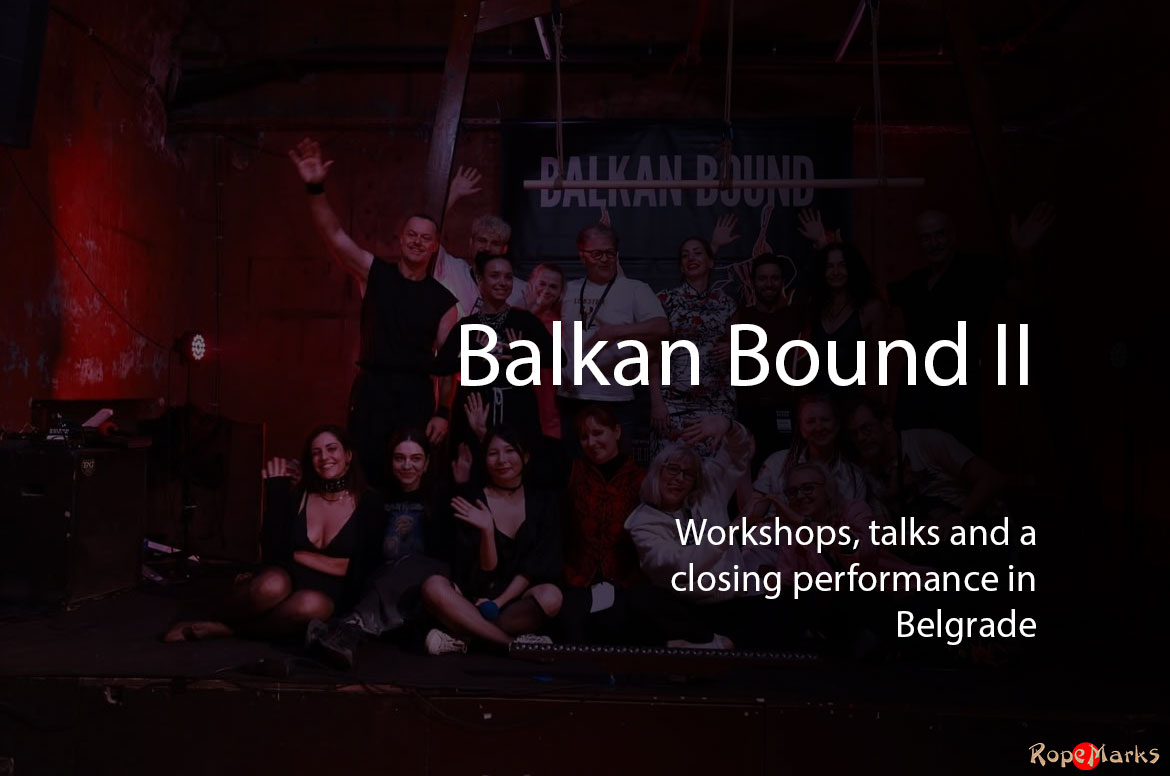
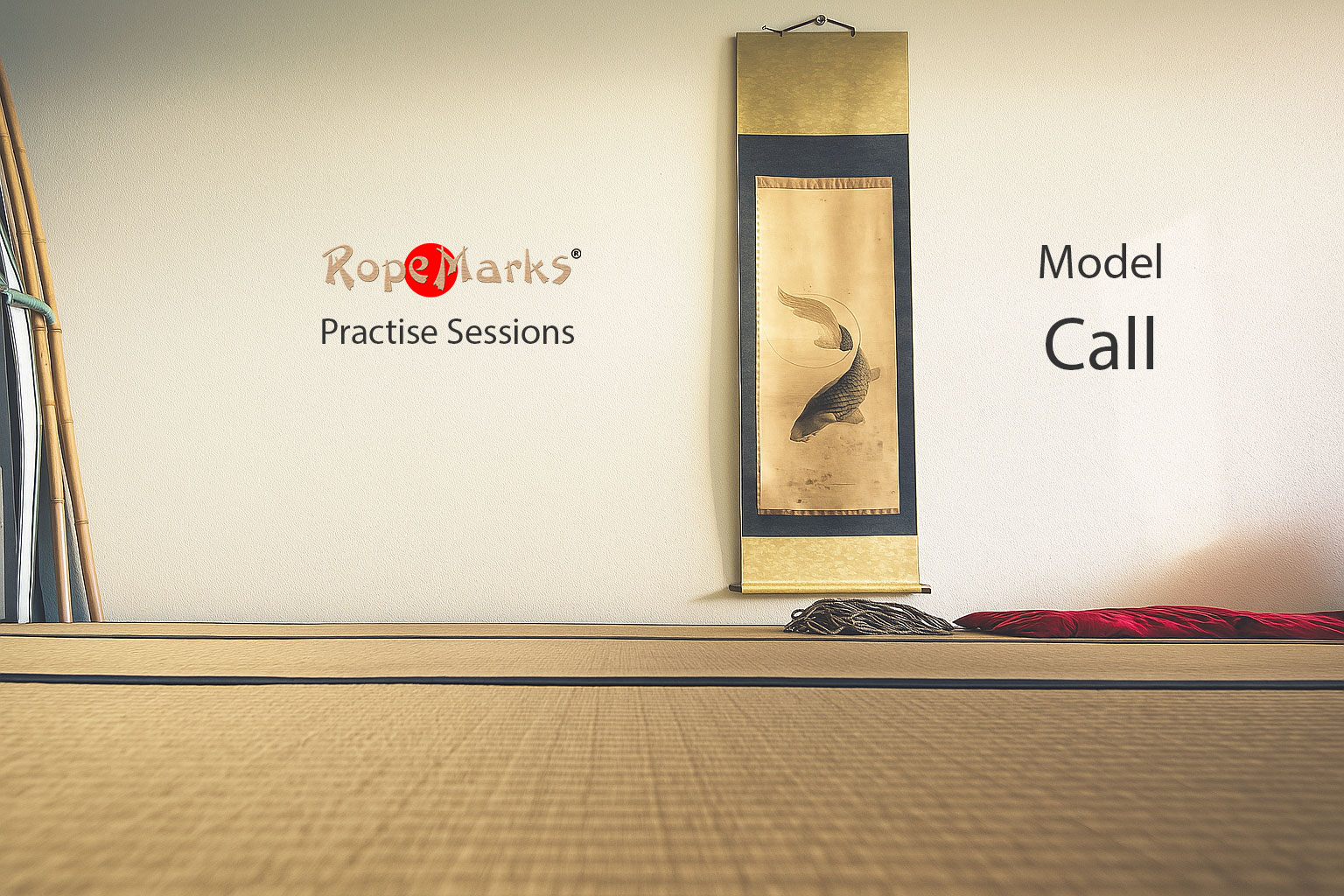
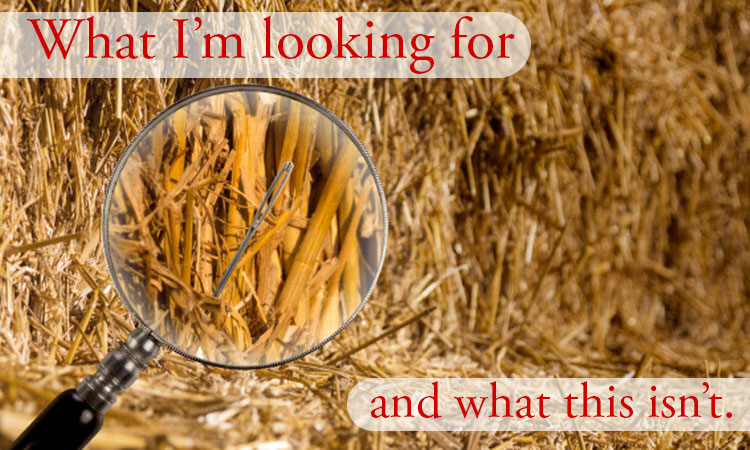
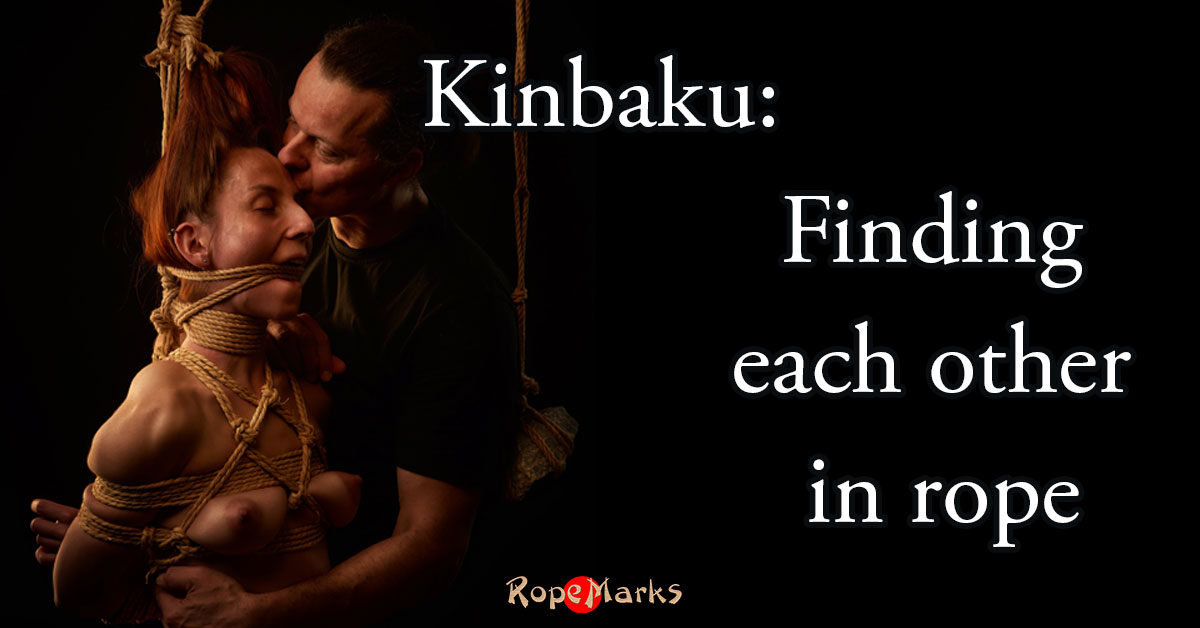
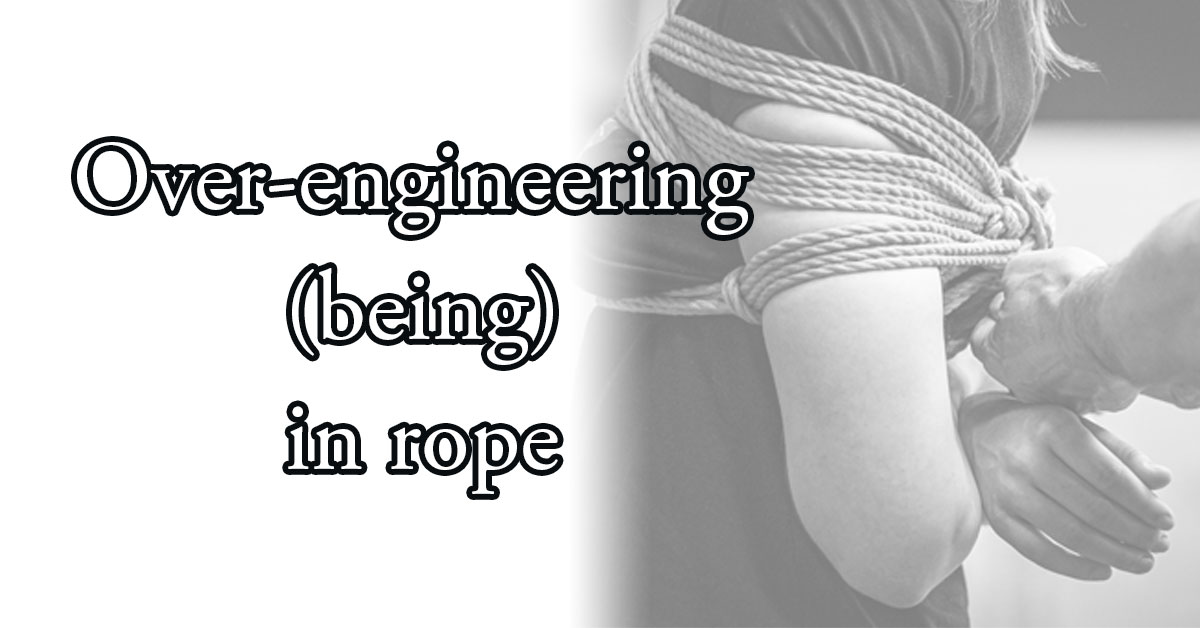






I just loved this inspirational, clarifying writing. It so aligns with my point of view.
Thank you, good to hear 🙂